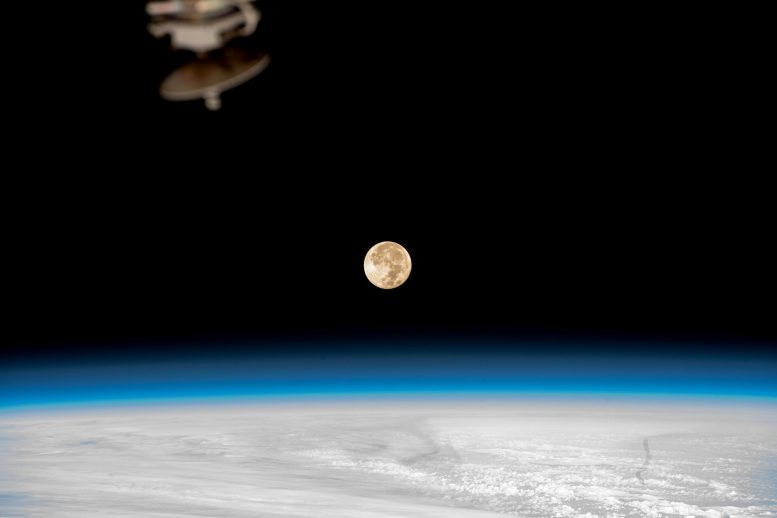
The second full Moon in August 2023, both a Blue Moon and supermoon, glows brightly over Earth as the International Space Station orbited 260 miles above the Pacific Ocean. Credit: NASA
Robotics, lab maintenance, and microbiology were the top priorities aboard the International Space Station (ISS) on Wednesday, September 13. The Expedition 69 crew members also had time set aside for Earth science operations and biomedical duties.
Astrobee, the toaster-sized, cube-shaped free-flying robotic helper was activated today inside the Kibo laboratory module. Student-written algorithms were uplinked to the orbital outpost to control the robotic assistants, encourage problem-solving, and promote space education. Astronaut Satoshi Furukawa of JAXA (Japan Aerospace Exploration Agency) monitored the robotic activities and noted his impressions for review on the ground.
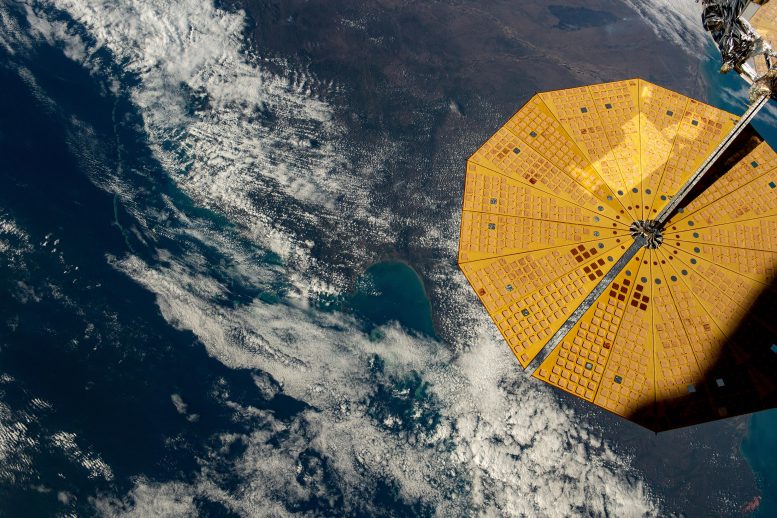
Soaring 262 miles over the Northeastern coast of Australia, ESA (European Space Agency) astronaut Andreas Mogensen captured this photo from the International Space Station. Northrop Grumman’s Cygnus spacecraft, which has been docked to the station since August 4, 2023, is positioned to the right of the image, displaying its prominent cymbal-shaped solar arrays. Credit: NASA
Three flight engineers worked across from Kibo inside the Columbus laboratory module finalizing the reorganization of the research facility from ESA (European Space Agency). NASA Flight Engineer Frank Rubio kicked off the work by transferring research and cargo racks into slots aboard Columbus. He was joined during the morning by ESA Flight Engineer Andreas Mogensen who helped him move the racks back and forth.
NASA Flight Engineer Jasmin Moghbeli concluded the work in the afternoon by restoring the Columbus lab to its operating configuration and stowing hardware. The Columbus work was done to accommodate new exercise gear that will keep astronauts healthy and in shape during long-term space missions.
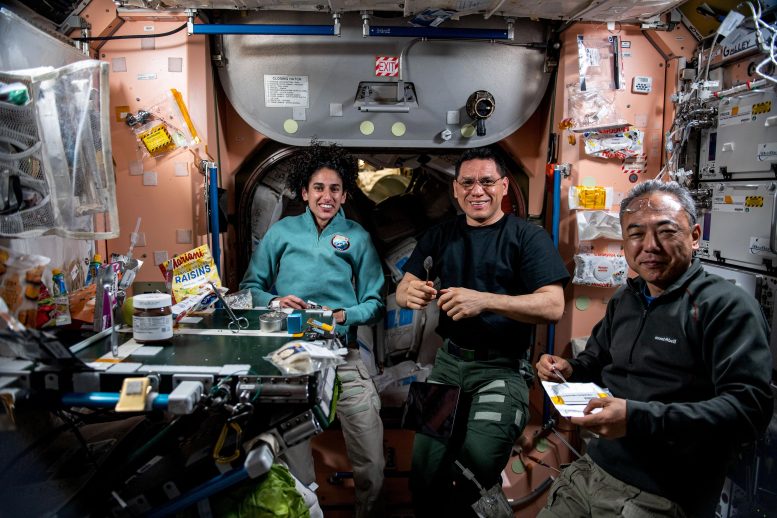
Expedition 69 Flight Engineers (from left) Jasmin Moghbeli and Frank Rubio, both from NASA, and Satoshi Furukawa of JAXA (Japan Aerospace Exploration Agency) join each other for lunch aboard the International Space Station’s Unity module. Credit: NASA
Mogensen also studied how to capture Earth’s reflective properties, also called albedo, by photographing the Moon during specific lunar phases. Results may provide new insights about Earth’s climate using satellite instruments. Moghbeli drew her blood sample at the end of the day for a glucose test as part of the Vascular Aging study that is monitoring accelerated aging-like symptoms that occur in astronauts’ arteries.
Roscosmos cosmonaut Konstantin Borisov was back on microbiology duty on Wednesday collecting and stowing microbe samples from surfaces inside the Zvezda service and Nauka science modules. Flight Engineer Dmitri Petelin studied fermentation to improve food preservation and preparation in space. Commander Sergey Prokopyev continued readying hardware for packing inside the Soyuz MS-23 crew ship that will take him, Petelin, and Rubio back to Earth at the end of September.


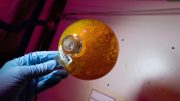


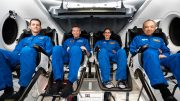
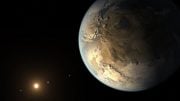
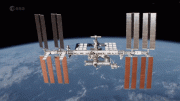
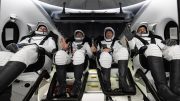
Be the first to comment on "Expedition 69 Crew Delves Into Robotics, Microbiology, and Space Lab Maintenance"